I fell out of love with high-intensity workouts: 5 ways I still build muscle and strength as a personal trainer
And it has changed my mental well-being for the better
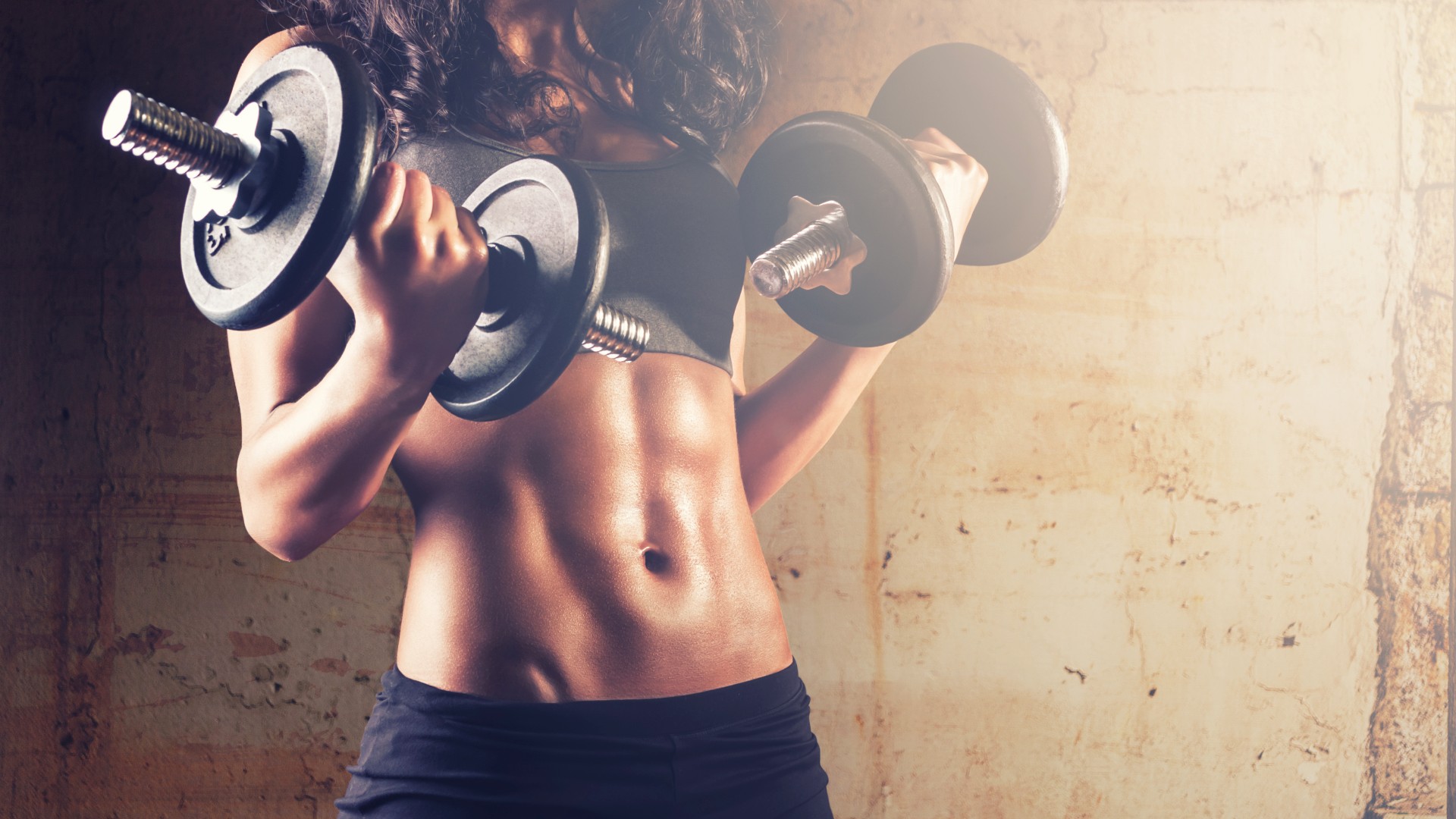
A few months ago, I faced some personal dilemmas that led to acute stress; subsequently, a few things had to change, including my entire exercise routine.
My mind and body, which usually thrived from sweat-slick high-intensity training sessions like CrossFit and Hyrox, suddenly felt physically and mentally exhausted at the very mention of it.
As a personal trainer, I know how important the psychological aspect of training is alongside physically moving the body, but I still kept convincing myself that I just had to push through. Eventually, of course, I couldn’t.
Why am I telling you this? As a trainer and fitness editor, my entire life revolves around movement, and it’s unnerving when you suddenly don’t want to move your body at all. But it taught me not to fear making life changes.
With that in mind, I decided to overhaul my whole exercise regimen, one I'd adhered to like clockwork for over four years. I canceled all commitments to high-impact training and switched to low-intensity movement only, finally giving my body what it craved.
Some time later, here’s how I’m keeping fit as a personal trainer while still maintaining strength and muscle — and transforming my mental health. It could help you, too.
1. Yoga once per week
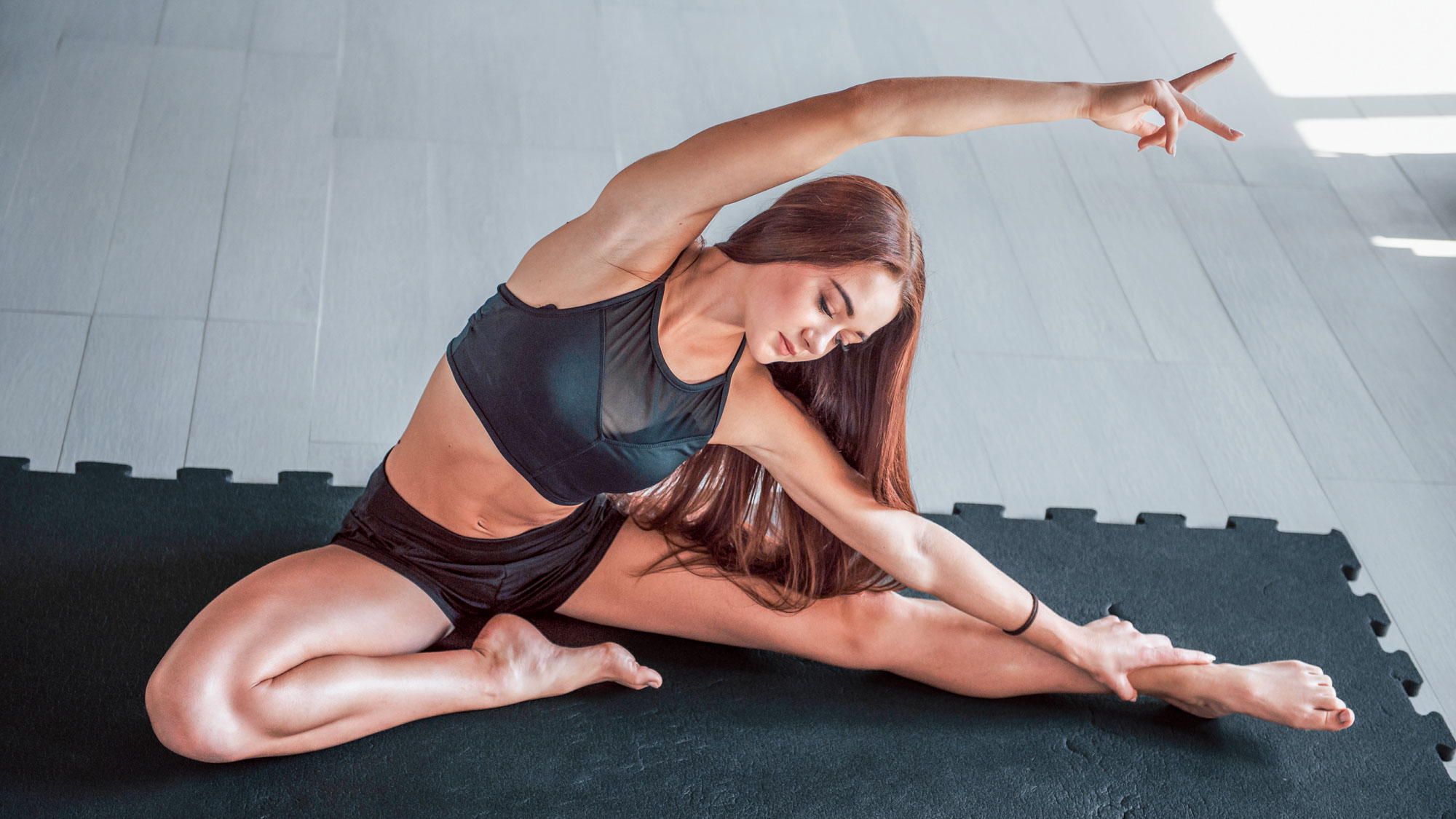
The research shows there are many benefits of yoga; hot yoga helped shape my whole workout routine over the years. I credit a regular yoga practice with increasing flexibility, mobility, balance, stability, coordination and relative strength while reducing stress and boosting mood.
Get instant access to breaking news, the hottest reviews, great deals and helpful tips.
After an hour spent on my mat, I feel bendier, more connected and less frantic, which is a balm for my ADHD.
A more intense or vigorous style of yoga might burn slightly more calories or help beginners build muscle, but yoga isn’t really about building lean muscle mass or shifting huge markers in strength gains; it’s about strengthening your body against injury, improving core stability and posture and learning how to connect breath with body, making it as mindful as it is physical.
When most stressed, one of the forms of movement that still fills me with joy is yoga, unfurling my mat and flowing through postures, poses and stretches. I highly recommend yin yoga to relieve tension or a stronger vinyasa flow if you want to get the blood and oxygen flowing through your body and release those happy hormones.
New to yoga? Here are the things I wish I had known as a yoga beginner, and a 20-minute daily yoga flow you can practice from home. I only practice once a week, but it has been enough to see marked improvements in physical and mental health through sheer consistency.
2. Pilates once per week
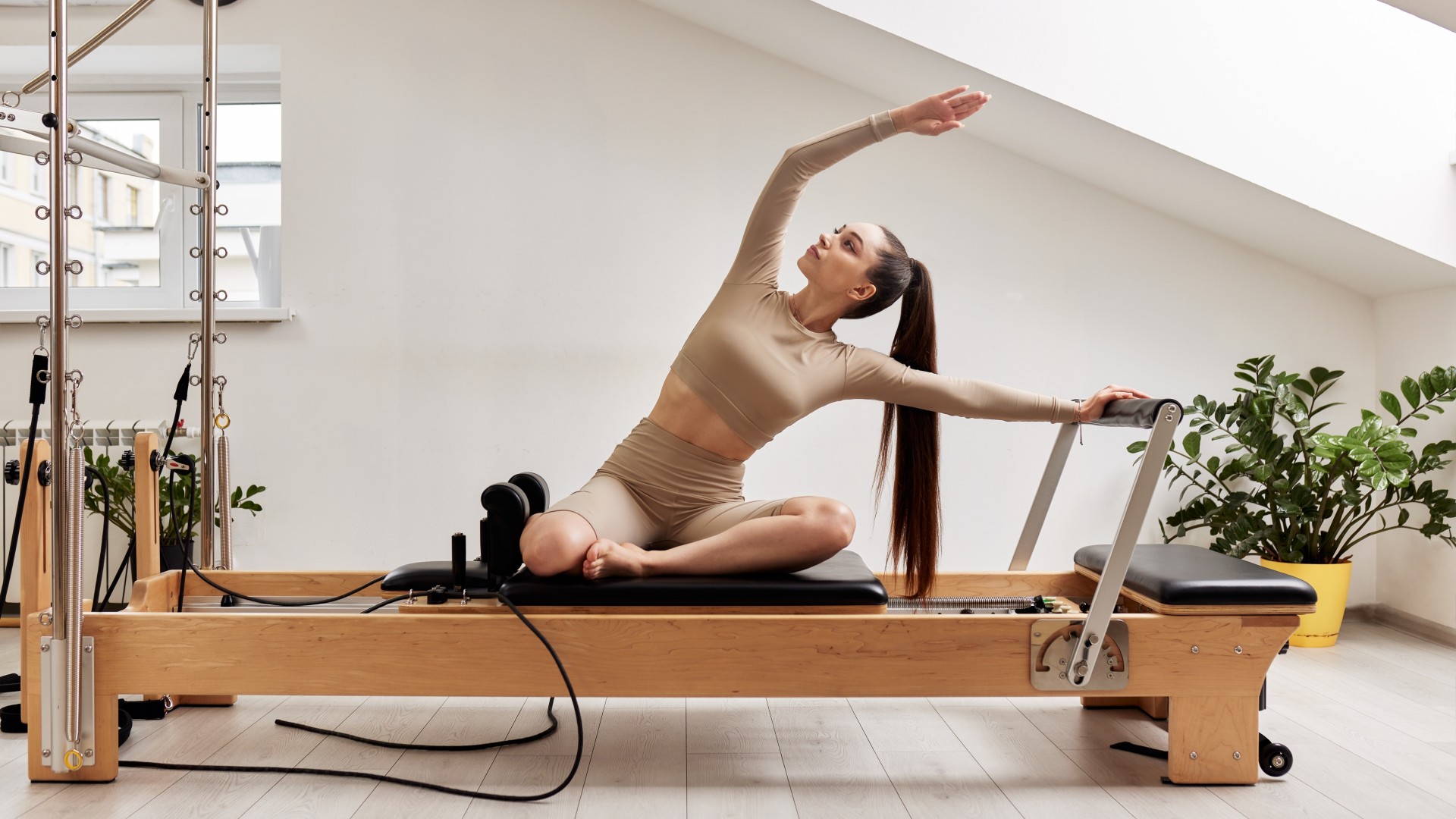
I previously wrote that you can’t tone muscle you haven’t built, which is why I prioritize weightlifting for muscle growth over Pilates. I stand by it, of course, but recently, taking up a Pilates routine just once per week has been a game-changer for low-impact strengthening workouts.
Like yoga, Pilates can build flexibility and mobility, and it also increases pliability, muscular control, endurance and core strength, while boosting posture and protecting against injury. Consistent Pilates bulletproofs the joints, bones, ligaments and muscles, which aids in stability as you age.
The method has been credited with toning muscles, which basically means a leaner, firmer, more defined physique. Although Pilates can certainly play a role (diet plays a larger one), you’ll need to focus on resistance training to build muscle size in the first place, which I get to shortly. Besides, your overall body composition and fat percentage will determine how sculpted your physique is, not just Pilates.
My go-to has been strength-focused reformer, including high reps with light weights and lots of slow, controlled movements that increase endurance. Interested? Here’s what an hour of Pilates can do for your body, plus a reformer workout you can do without the reformer bed.
3. Walking, but less than you think

I scrapped the workout routine I’ve been diligently following every week for the past four years — one spent honing gymnastics skills and chipping away at a Hyrox mixed doubles PB — in the name of walking.
Whether you walk for mindfulness or physical health, the best walking workouts are the ones that allow you to hit your daily steps without feeling like a chore. You don’t need 10,000 steps to see results, either, as your perfect daily step count could depend on your age and other activities.
Pace matters more than distance in many cases, with a brisker pace capable of boosting longevity and reducing chronic disease markers. But aside from that, walking is a low-impact form of exercise that builds stronger bones and muscles, improves cardiovascular fitness and increases mental stamina. It can be hugely beneficial for the mind, and if you enjoy hiking or rucking, clocking up the miles won't feel like a chore.
By scrapping the high-intensity workouts, I still need energy expenditure during the day. I’ve started adding “micro walks” to boost overall activity levels, taking the stairs over the lift, or cycling instead of driving. Walking more often can help counteract the impacts of a sedentary lifestyle linked to obesity and poor heart health, and reduce stress to manage anxiety.
When faced with a stressful situation, I’ll lace up a pair of the best running shoes, grab my dog and head out for a stroll, even if it’s just for 10 minutes. If you want to make walks more interesting, why not try the 2:2:1 walking method or color walking?
4. Just one full-body strength session
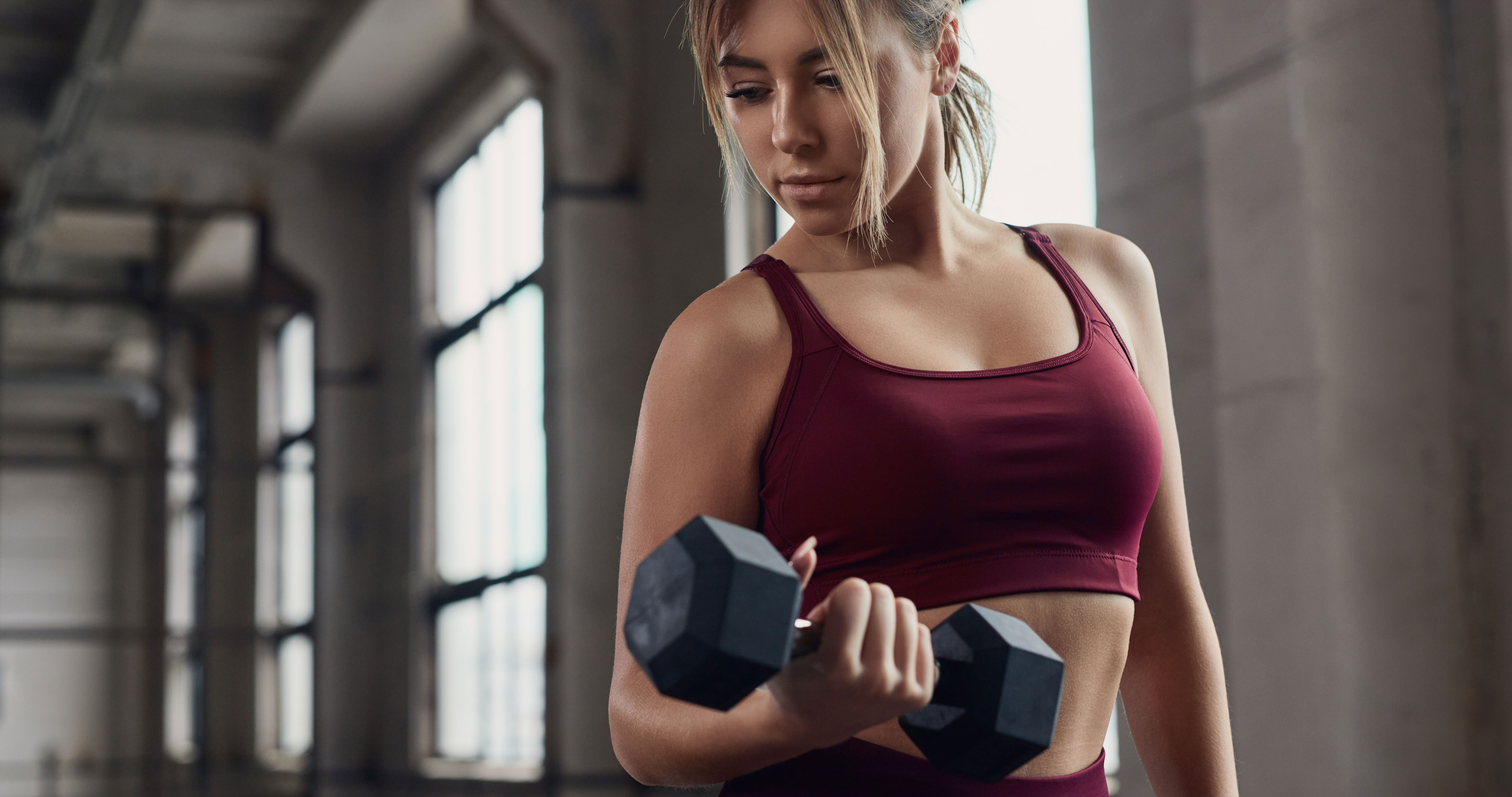
I recently learned about the one-set rule. Research shows that intensity matters more than multiple sets or reps of an exercise, meaning you could work out less and get better results.
Researchers suggest you can perform just one set of each exercise within your strength program to a higher intensity (near failure) and still see strength and muscle gains, in as few as two sessions per week.
When motivation is low, I remember the one-set rule and head to the gym. However, I’ve cut a lot of fuss out of my program and scaled back to stay efficient when I’m there.
Although I don’t use the one-set rule in practice, I have started German Volume Training (quite the opposite approach), which involves 10 sets of 10 reps but using just two compound exercises per session. It’s a tried and true way to gain muscle mass.
I work at 60-70% of my one-rep max (the maximum amount I can lift for an exercise), and add load incrementally over time. I stick to just two exercises, then add two accessory exercises, and that’s my one full-body strength session done for the week.
Alongside my other sessions, it has been enough to maintain lean muscle mass and strength (and improve some markers). Because I'm using compound exercises, I'm working several large muscle groups in one go.
5. One slow(ish) run
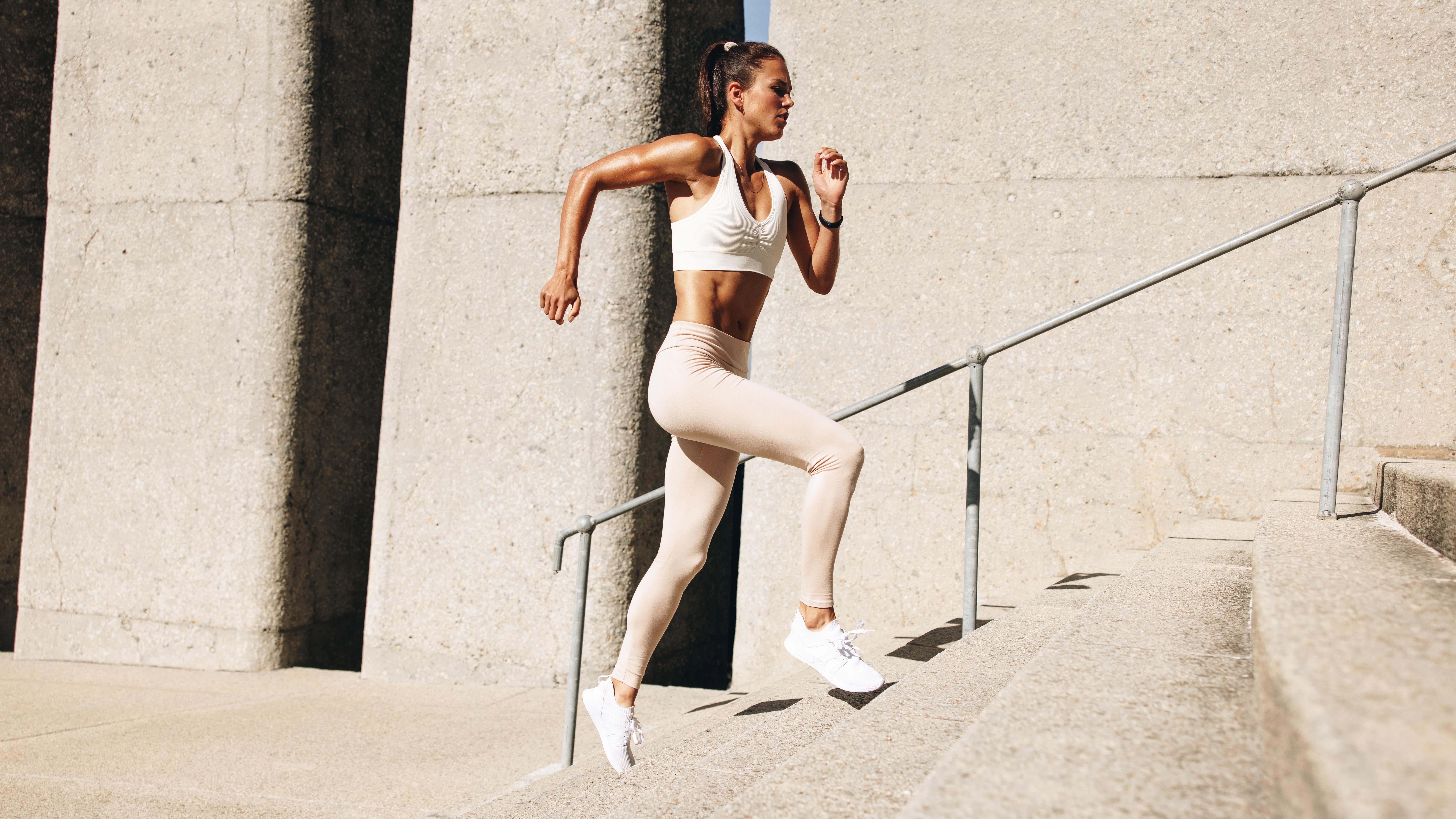
Finally, running has been a consistent way for me to get an endorphin hit without HIIT and reach my step goal. I run between 5 and 6km once per week at a steady pace using Zone 2 cardio techniques. I don’t feel burned out from doing it, and knowing I’m doing it just once per week has helped me to stay motivated.
Running looks different for everyone, but if you are keen to try it out and don’t know where to start, my colleague has written a guide on how to run a 5K, and another colleague has started experimenting with slow running if clocking up the distance sounds good, but adding pace doesn’t. You could even draw from the Japanese walking method, which involves alternating between intensities.
And that's it. Five sessions per week, no more than 50 minutes each, and all accessible outdoors or from home without many overhead costs.
Follow Tom's Guide on Google News to get our up-to-date news, how-tos, and reviews in your feeds. Make sure to click the Follow button.
More from Tom's Guide
- I drank lemon water every day for two weeks, here's what happened to my body
- I’m a personal trainer — this is the best tip I’ve learned for growing muscle and building strength
- Build a stronger core and muscle all over in just 20 minutes with this 5-move bodyweight workout

Sam Hopes is a level 3 qualified trainer, a level 2 Reiki practitioner and fitness editor at Tom's Guide. She is also currently undertaking her Yoga For Athletes training course.
Sam has written for various fitness brands and websites over the years and has experience across brands at Future, such as Live Science, Fit&Well, Coach, and T3.
Having coached at fitness studios like F45 and Virgin Active and personal trained, Sam now primarily teaches outdoor bootcamps, bodyweight, calisthenics and kettlebells.
She also coaches mobility and flexibility classes several times a week and believes that true strength comes from a holistic approach to training your body.
Sam has completed two mixed doubles Hyrox competitions in London and the Netherlands and finished her first doubles attempt in 1:11.
You must confirm your public display name before commenting
Please logout and then login again, you will then be prompted to enter your display name.
